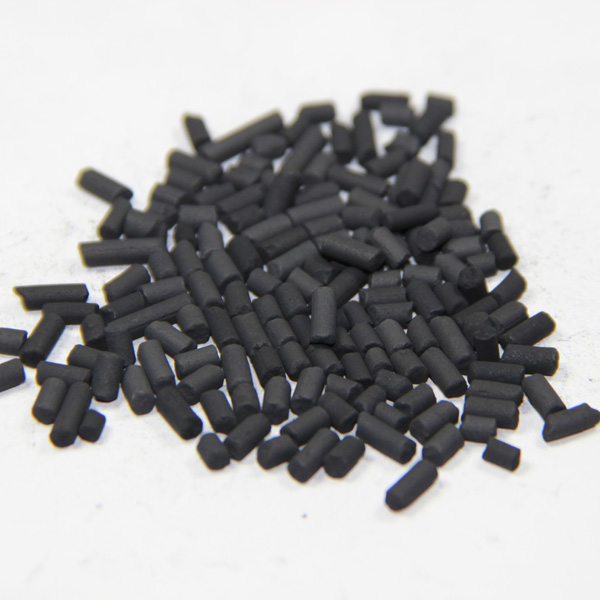+86 17737144966
Have you ever wondered how industries ensure pure water, clean air, and safe chemical processes? The answer often lies in a remarkable material working silently behind the scenes: activated carbon media. This porous substance has become indispensable across sectors requiring precise purification – but what exactly gives it this extraordinary capability?
Activated carbon media operates through a process called adsorption, where contaminants adhere to its vast network of microscopic pores. Unlike absorption (which involves full assimilation), adsorption traps impurities on the material's surface through van der Waals forces. Three structural characteristics enable this phenomenon:
This unique combination allows the media to capture diverse contaminants – from chlorine molecules in water (0.18 nm) to volatile organic compounds like benzene (0.27 nm).
The material's versatility is demonstrated through these critical applications:
| Industry | Application | Contaminants Removed |
|---|---|---|
| Water Treatment | Drinking water purification | Chlorine, pesticides, trihalomethanes |
| Air Filtration | Industrial scrubbers | Hydrogen sulfide, mercury vapor |
| Food & Beverage | Decolorization processes | Undesired pigments, off-flavors |
| Pharmaceuticals | API purification | Catalyst residues, endotoxins |
In municipal water systems, activated carbon media reduces disinfection byproducts by 92% according to EPA studies. For air purification, it achieves 99.97% efficiency in capturing airborne carcinogens when properly configured.
When compared to other purification technologies, activated carbon media offers distinct benefits:
Independent testing shows granular activated carbon media achieves 40% higher contaminant loading capacity than ion-exchange resins for organic compounds. Its pressure drop remains 30% lower than ceramic filters under equivalent flow conditions.
Choosing the right form requires analyzing four critical parameters:

For groundwater remediation, acid-washed coconut shell carbon with 12x40 mesh size demonstrates 18% higher arsenic adsorption than standard grades. In compressed air systems, coal-based media with 4mm pellets shows 22% longer service life than granular alternatives.
Recent advancements address traditional limitations while expanding functionality:
Laboratory prototypes of graphene-enhanced activated carbon media show 170% higher methane storage capacity, potentially revolutionizing biogas purification. Field trials of enzyme-immobilized versions demonstrate continuous operation for 18 months without regeneration needs.
Implementing these best practices extends service intervals by 30-50%:
Case studies show proper maintenance enables 12-18 reactivation cycles for steam-activated media, reducing replacement costs by 60% over five years. Implementing automated pressure monitoring systems can predict bed exhaustion with 95% accuracy.
While activated carbon media is generally stable, these precautions prevent operational risks:
Facilities using acid-washed media must implement pH neutralization protocols, as residual acidity can corrode stainless steel components at flow rates exceeding 15 L/min.
Emerging trends are reshaping the industry landscape:
Ongoing research into microwave-assisted regeneration shows 40% energy reduction compared to conventional thermal methods. The global market is projected to reach $9.2 billion by 2028, driven by stricter environmental regulations and emerging contaminant challenges.
From municipal water plants to pharmaceutical clean rooms, activated carbon media continues to prove its indispensable role in modern purification systems. Its evolving capabilities ensure it remains at the forefront of contamination control strategies, adapting to meet increasingly complex environmental and industrial demands.